George Stubbs - The Man, The Horse, The Obsession
20 February 2020 - 30 August 2020
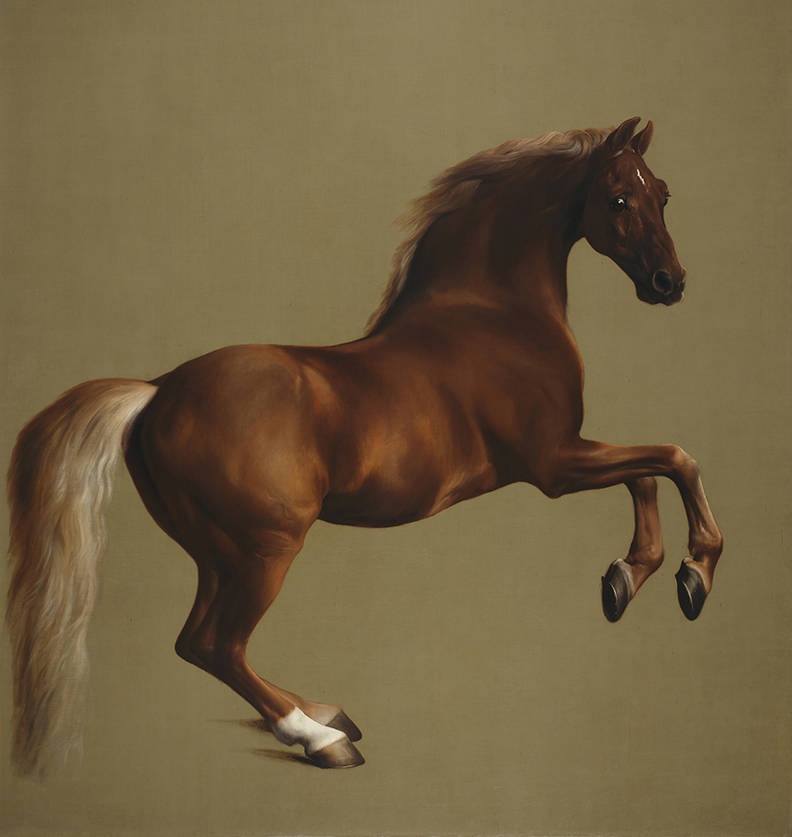
The Mauritshuis organized an exhibition on England's most renowned portraitist of horses: George Stubbs (1724-1806). This artist established his reputation with exceptional compositions of horses, which he managed to paint in an unprecedented lifelike way. His success was based on an in-depth study of the anatomy of the horse, for which the artist even dissected these animals with his own hands.
An extraordinary highlight of the exhibition is the enormous portrait of the racehorse Whistlejacket. This is the first time that this masterpiece from The National Gallery in London has travelled to mainland Europe. The exhibition also shows the skeleton of Eclipse, the most famous racehorse of all time, and the portrait of Eclipse painted by Stubbs.
George Stubbs - mini lectures from home
Lea van der Vinde, curator of the exhibition George Stubbs – The Man, The Horse, The Obsession discusses the finest paintings in the exhibition from home.
Watch the entire series about George Stubbs - The man, the horse, the obsession.
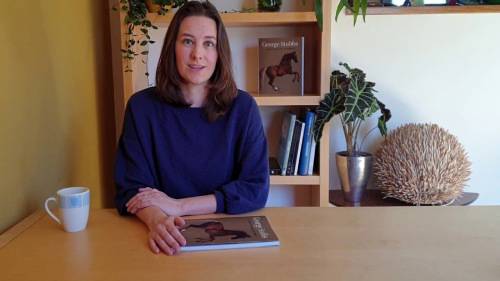
George Stubbs - Introduction
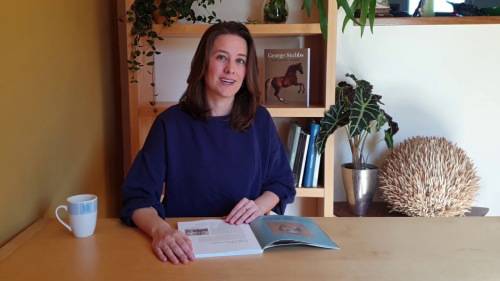
George Stubbs - The man
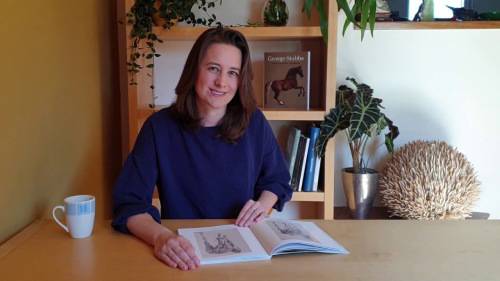
George Stubbs - Anatomical drawings
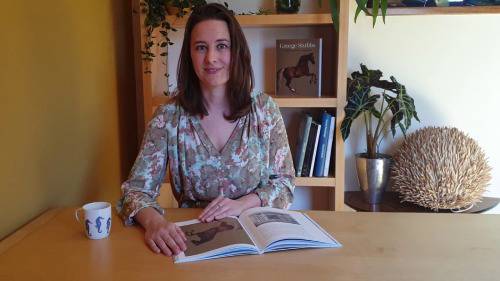
George Stubbs - Whistlejacket
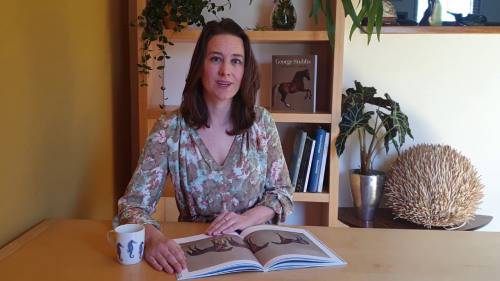
George Stubbs - Whistlejacket with the Head Groom Mr. Cobb and the Two Other Principal Stallions in the Wentworth Stud, the Godolphin Hunter and the Godolphin Colt
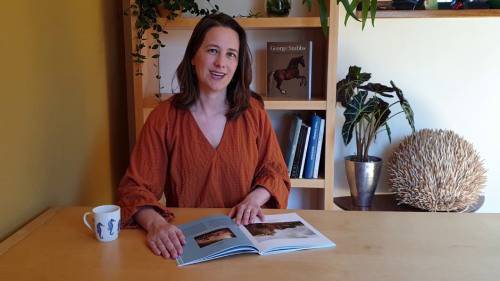
George Stubbs - The Marquess of Rockingham’s Arabian Stallion led by a Groom through Creswell Crags
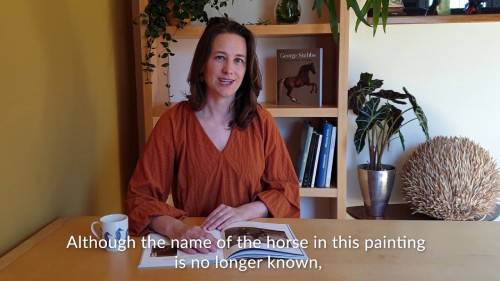
George Stubbs - Joseph Smyth Esquire, Lieutenant of Whittlebury Forest, Northamptonshire, on a Dapple Grey Horse
The Man
George Stubbs, the horse painter - in Great Britain, he is a phenomenon. He's one of the most important eighteenth-century artists and part of the collective memory. He undoubtedly has a universally well-known name, along with people like William Turner, Joshua Reynolds and Thomas Gainsborough. But in the Netherlands, he is still relatively unknown. That is about to change thanks to our new exhibition, George Stubbs - The man, the horse, the obsession. But who was George Stubbs, and where did his fascination for horses and anatomy come from?
In our exhibition we’re focussing on a significant period in Stubbs’ career: the 1750s and 1760s. His acquaintance with the portrait painter Joshua Reynolds had put him in touch with eminent patrons. During this period, Stubbs quickly developed to become the leading horse painter in his country. The horse was a status symbol and wealthy owners wanted portraits of their swiftest and finest animals on their walls.
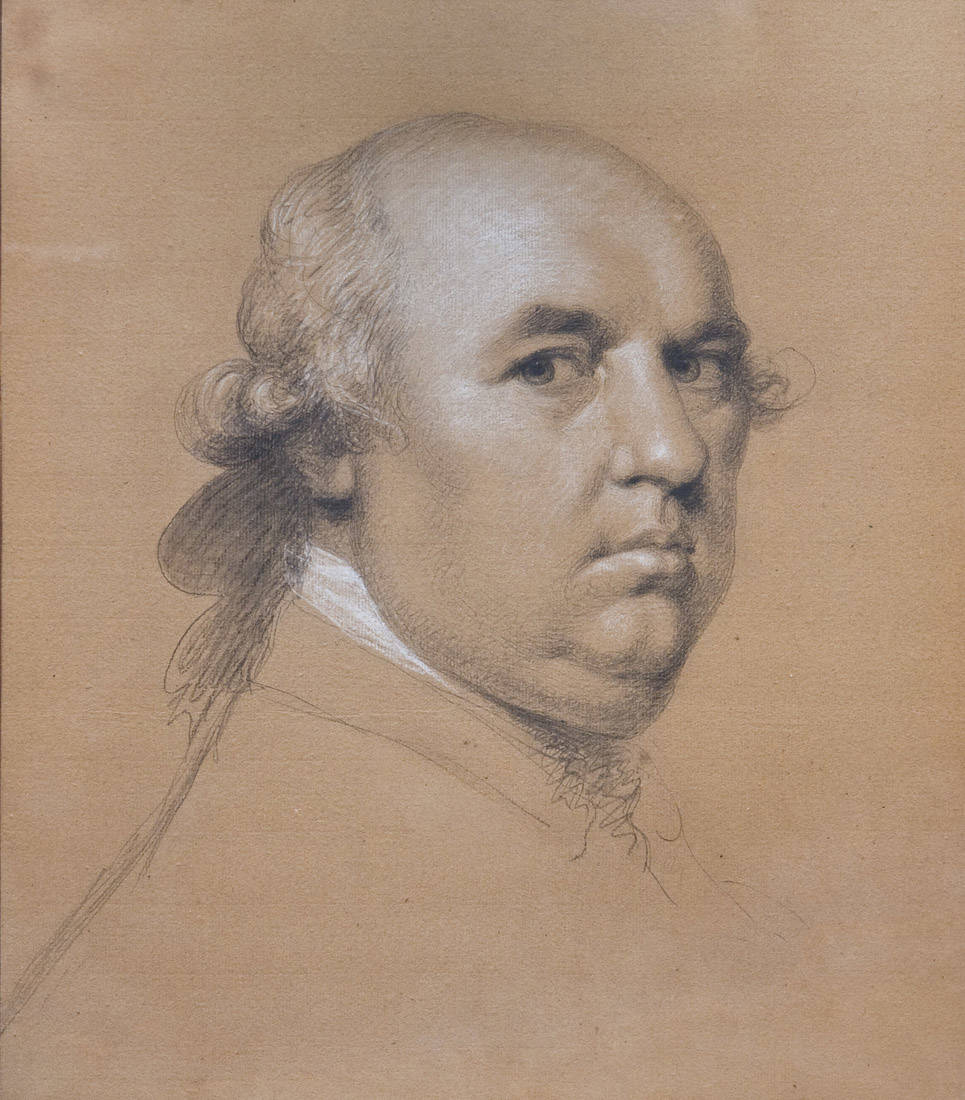
George Stubbs' young years
George Stubbs (1724-1806) was born in Liverpool and worked as a child in his father's leather business. Stubbs proved to have a talent for drawing from a young age. A neighbour gave him animal bones, which he then drew at home. His interest in the combination of anatomy and art was thus awakened early on. Stubbs' father hoped that his son would succeed him in the family business, but George's dream was to become an artist. He put that dream into practice and seems to have managed to successfully develop, as an autodidact, into a portrait painter of the local elite. Thanks to his success as a portrait painter, George Stubbs was able to financially afford to also devote himself, almost obsessively, to his great passion: painting horses from an anatomical, almost scientific basis. He was convinced that the study of nature was necessary in order to be able to make true art. That belief makes him fit in perfectly with an important contemporary current: the Enlightenment.
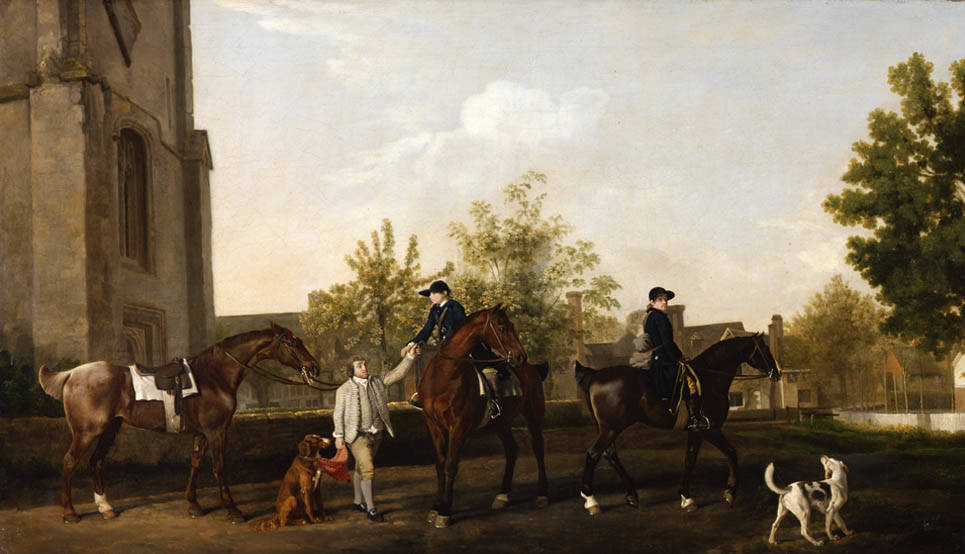
The Horse
Although Stubbs also painted people and numerous other animal species, it was with his portraits of horses that he established his distinctive position as an artist. What made Stubbs’s portraits of horses unique was his ability to express the character of the animal as well as portray its physical presence. The portrait of the thoroughbred Blank is an exceptionally lively example.
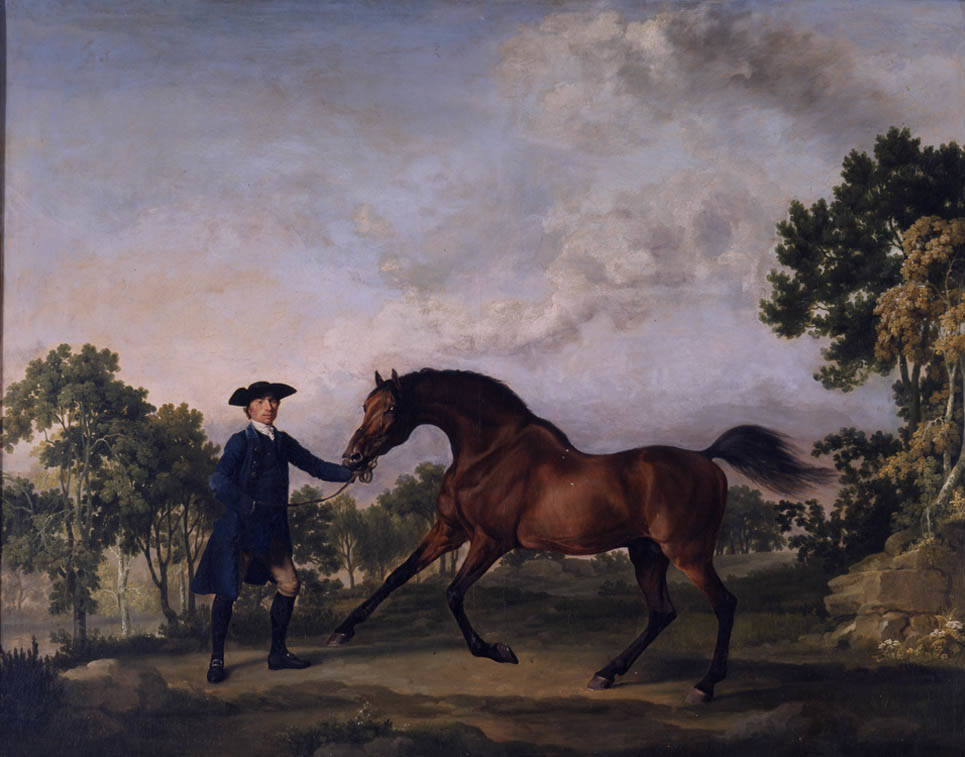
From elite portraitist to horse painter
Although anatomy was Stubbs' passion, in the 18th century he first made a name for himself as portrait painter of the elite, since that was one way to actually make money. He was popular and his commissions eventually provided him with the financial freedom to specialise in anatomy. He settled in York, where he took up anatomy lessons. This is most likely where he decided to dive into the horse anatomy. It was the only animal that had already been the subject of an anatomical study, but this study no longer met the scientific standard. Stubbs saw a challenge and an opportunity to position himself as an expert on the topic. He spent months dissecting horses and making anatomical drawings.
In order to distribute his work, prints of it had to be made. However, Stubbs' etching technique left something to be desired, so he moved to London where he hoped to collaborate with prominent engravers. London is also where he received his first assignments as a horse painter. Horse paintings were particularly popular at the time. That was related to the popularity of equestrian sports. Noble families often owned horses, a status symbol in the 18th century, and were thus keen to see their horse immortalised. The lifelike portraits of living horses are characteristic of Stubbs' work; they were immediately recognisable to the owners.
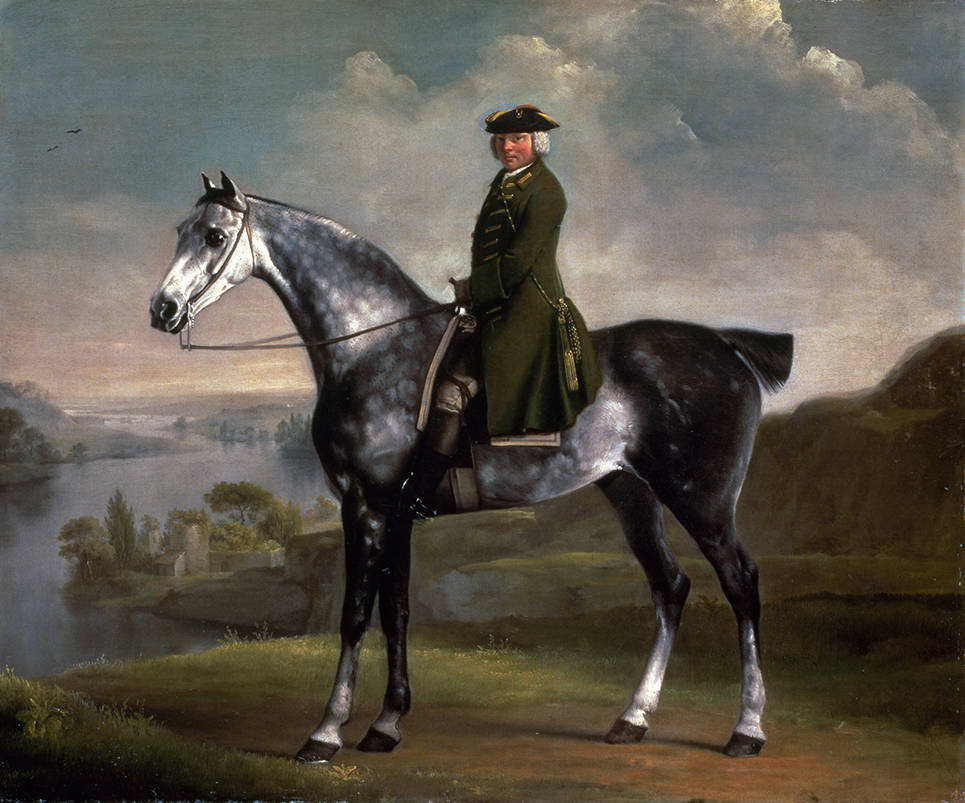
Whistlejacket
The life-sized portrait of Whistlejacket will also be on view in the exhibition. The painting, which today forms part of the collection of The National Gallery in London, is the best-loved work in Stubbs’ oeuvre and has only been exhibited outside of the United Kingdom once before.
Eclipse
While Whistlejacket owes his fame to Stubbs’s talent as a painter, the legendary reputation of the racehorse Eclipse was entirely due to his own qualities. Eclipse was the most famous and most successful racehorse of the eighteenth century. It is not only the portrait of Eclipse that appears in the exhibition; Eclipse himself has made the crossing to the Netherlands – or at least his skeleton has.

The obsession
George Stubbs knew like no other how to capture both the physical attributes of a horse and its character. An in-depth study of the horse’s anatomy, for which the artist dissected the animals himself, laid the foundations for his success.
In 1766 Stubbs published The Anatomy of the Horse, a pioneering book with detailed illustrations that brought the artist international acclaim: it became the standard work on equine anatomy.
Besides 13 paintings, the exhibition also presents 10 anatomical drawings by George Stubbs.
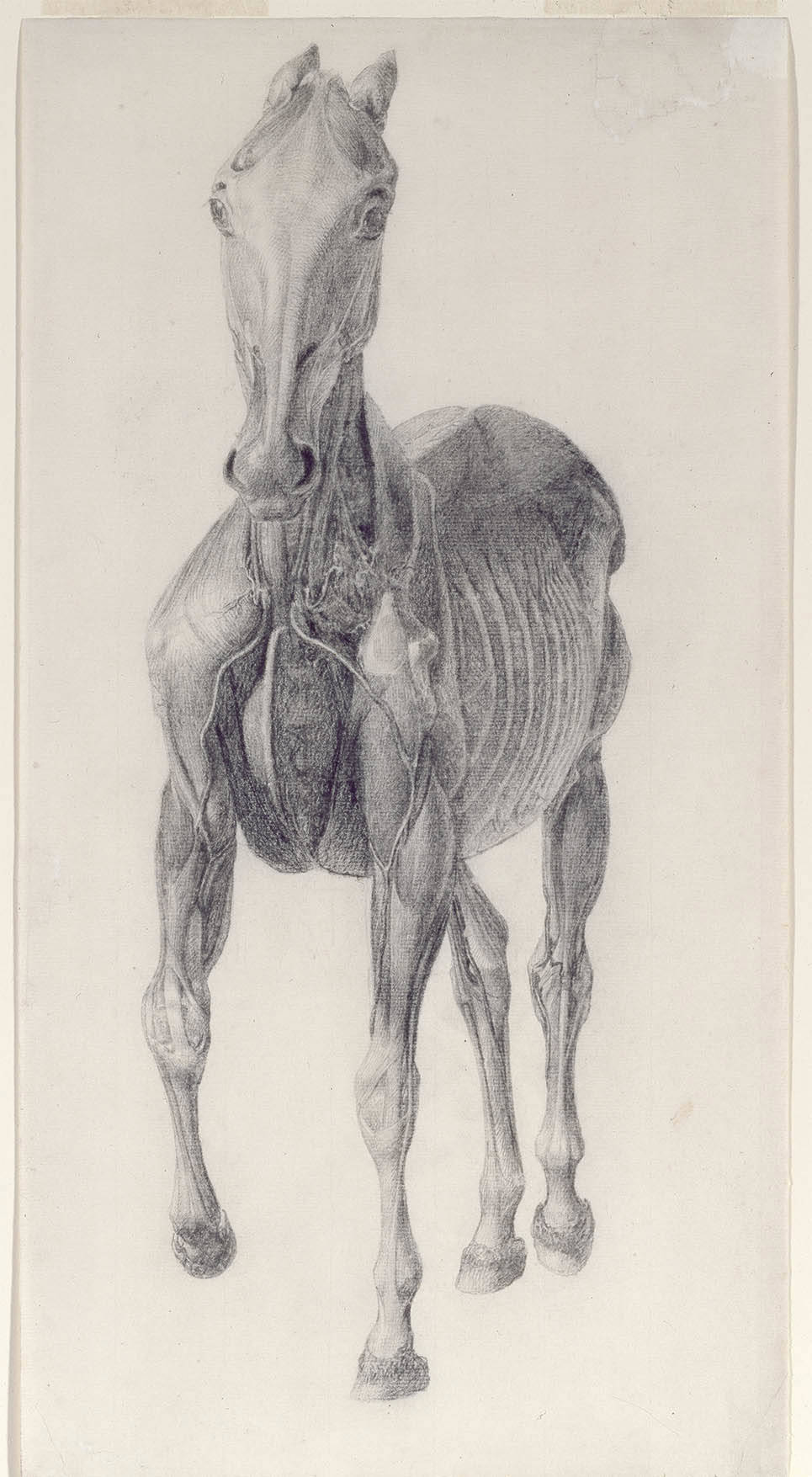
Stubbs' choice for the anatomy of horses
It was most likely in York that Stubbs came up with the idea of focusing on studying the equine anatomy. Besides humans, the horse was the only other animal to which anatomical publications had previously been exclusively devoted. However, the most important study to date, 'Dell'Anatomia et dell'informita del Cavallo', from 1598, no longer met the 18th century scientific standards. George Stubbs, who did not shy away from a big challenge, saw this as a unique opportunity to become an expert. He was convinced that in order to be able to represent something faithfully, one must know what constitutes it, and so he decided to dissect horses himself.
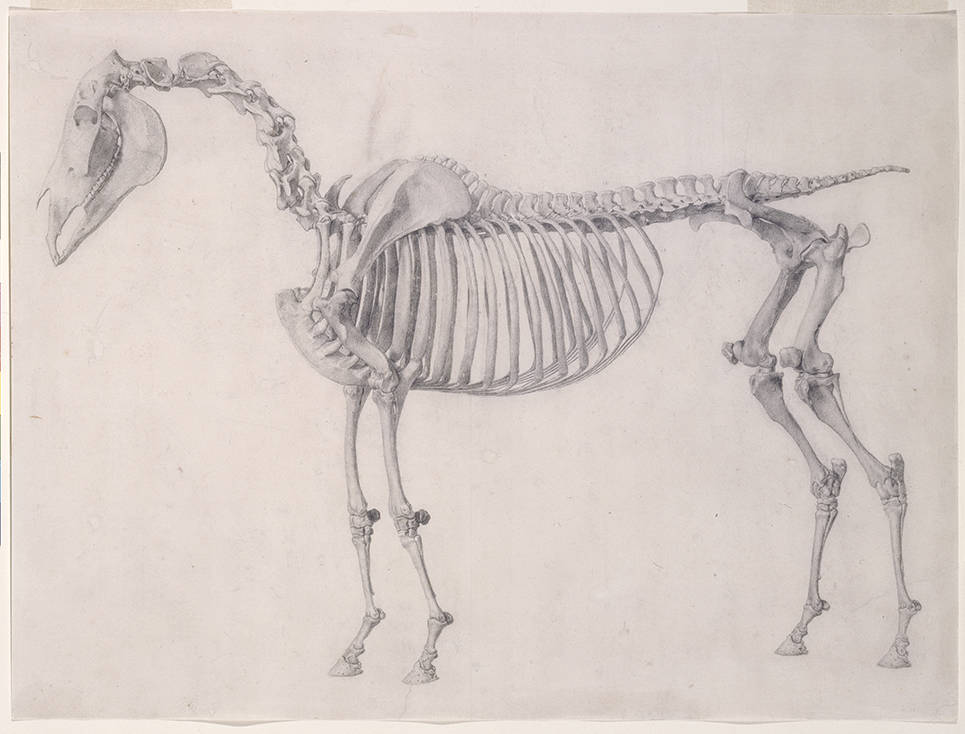
Stubbs' method: fascinating and quite remarkable
We can infer how Stubbs worked from his memoirs. For example, we know that the (usually old) horses were killed especially for dissections. That would have been the only possible way at the time, since it was impossible in the 18th century to store and transport horses that died of natural causes in refrigerated conditions. For his dissections, Stubbs would retire to a farm with a large barn in Horkstow. After the horses had bled to death, a wax-like fluid was injected into the arteries and nerves in order to preserve their natural shape. The horse was then hung with hooks from a metal bar that was attached to the ceiling of his workshop. The hooves rested on a horizontal board, giving the horse body a standing posture. Stubbs worked an average of six to seven weeks on one carcass. He took the horse apart layer by layer. This allowed him to gain insight into the different muscle layers. After that many weeks, the stench must have been unbearable, but nothing kept Stubbs from studying. The beautiful anatomical drawings that have been preserved provide an impressive picture of Stubbs' dedication and accuracy. It is difficult to imagine that they were created under such spartan conditions. He did not seem to care about the stench and he led a simple lifestyle: going to bed early, eating and drinking moderately, enjoying the peace and nature and dissecting horses with full attention.
The Anatomy of the Horse
In 1766, 10 years after the start of the project, Stubbs published the book The Anatomy of the Horse - all done from Nature. A groundbreaking publication of more than 50,000 words and 18 detailed illustrations for which the artist received a great deal of international recognition: it became the work of reference in the field of equine anatomy. Artists, anatomists, veterinarians and horse lovers all gratefully made use of it. It was a beautiful publication in which anatomical science and artistry spectacularly came together. The exhibition George Stubbs - The man, the horse, the obsession features not only 13 paintings, but also 10 anatomical drawings by Stubbs and 2 copies from the book The Anatomy of the Horse.
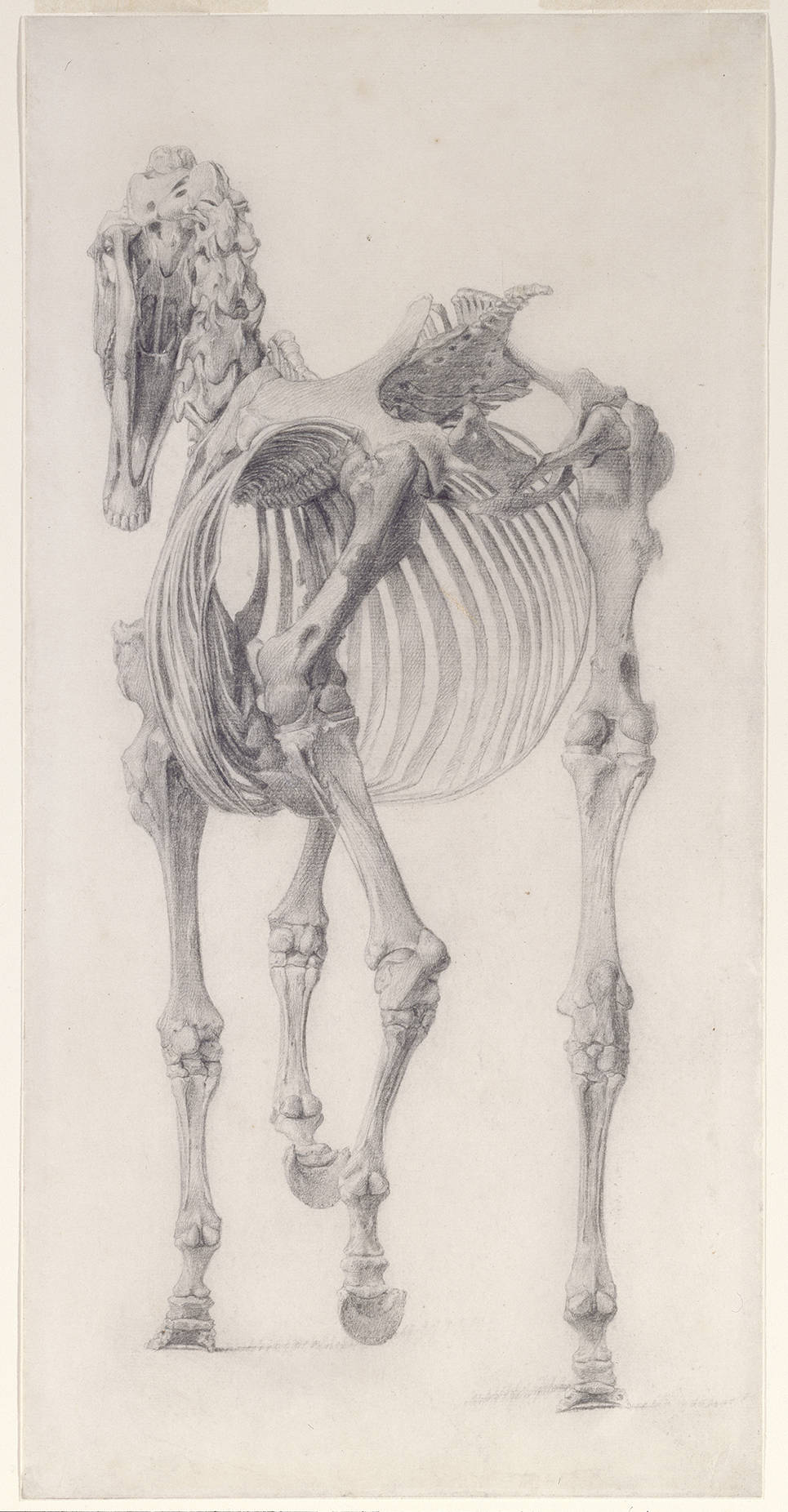
Relation to The Mauritshuis
The oeuvre of George Stubbs relates to important seventeenth century artworks in the Mauritshuis. While visiting the exhibition, compare Stubbs work to paintings such as Rembrandt’s Anatomy Lesson of Dr Nicolaes Tulp, the life-sized Bull by Paulus Potter and the work of the horse painter Philips Wouwerman. It reveals how European painting, partly under the influence of the Enlightenment, developed in the eighteenth century.
Collaboration with the MK Gallery
The exhibition is being jointly organised with the MK Gallery in Milton Keynes (United Kingdom), where the exhibition George Stubbs: ‘all done from Nature’ is on view from 11 October 2019 until 26 January 2020. That exhibition will provide an overview of Stubbs’ entire oeuvre, while the Mauritshuis is focusing on Stubbs at the peak of his career.
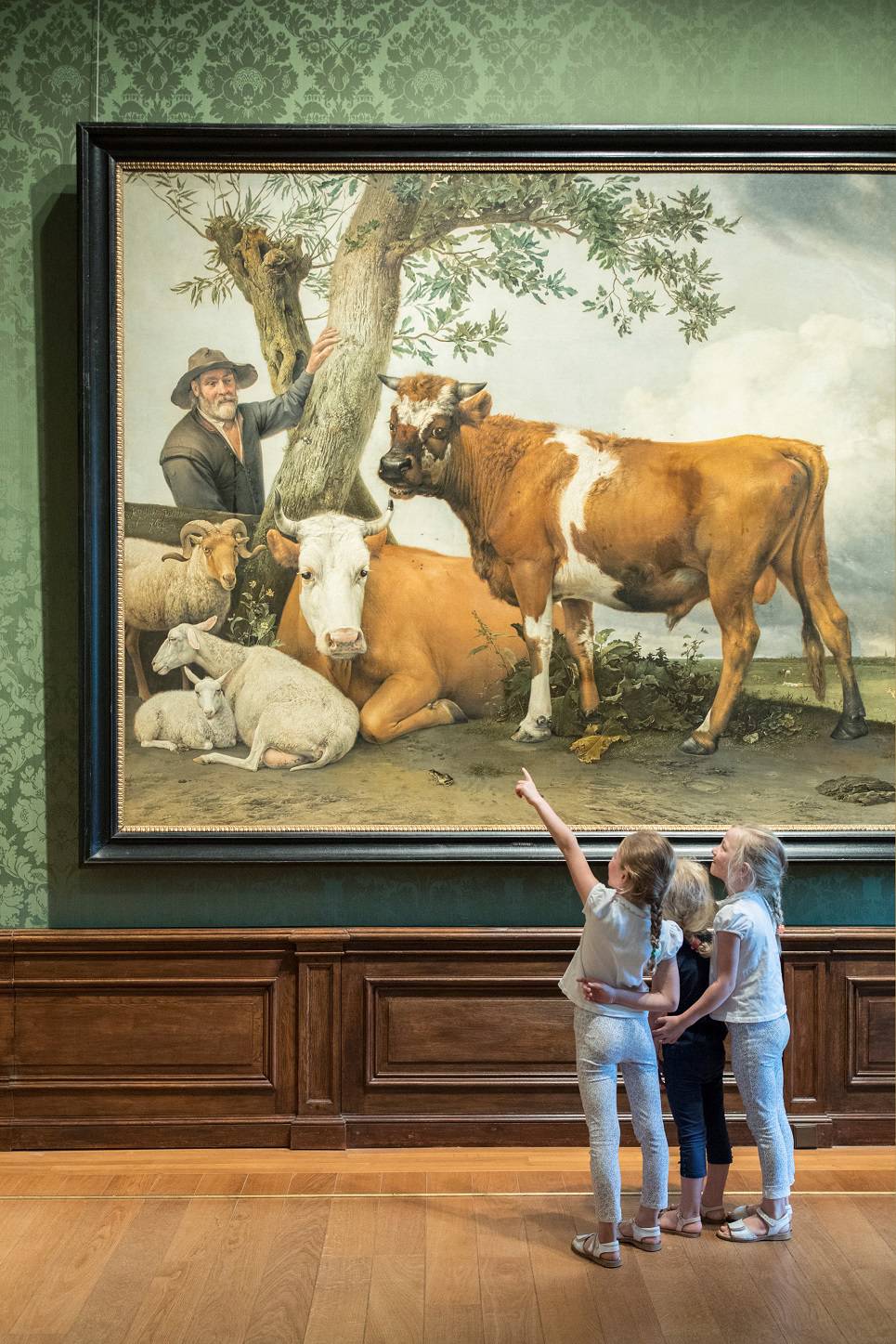
Made possible by
The exhibition is made possible in part by the Friends of the Mauritshuis, Nationale-Nederlanden, part of NN Group and the Dutch Masters Foundation.
